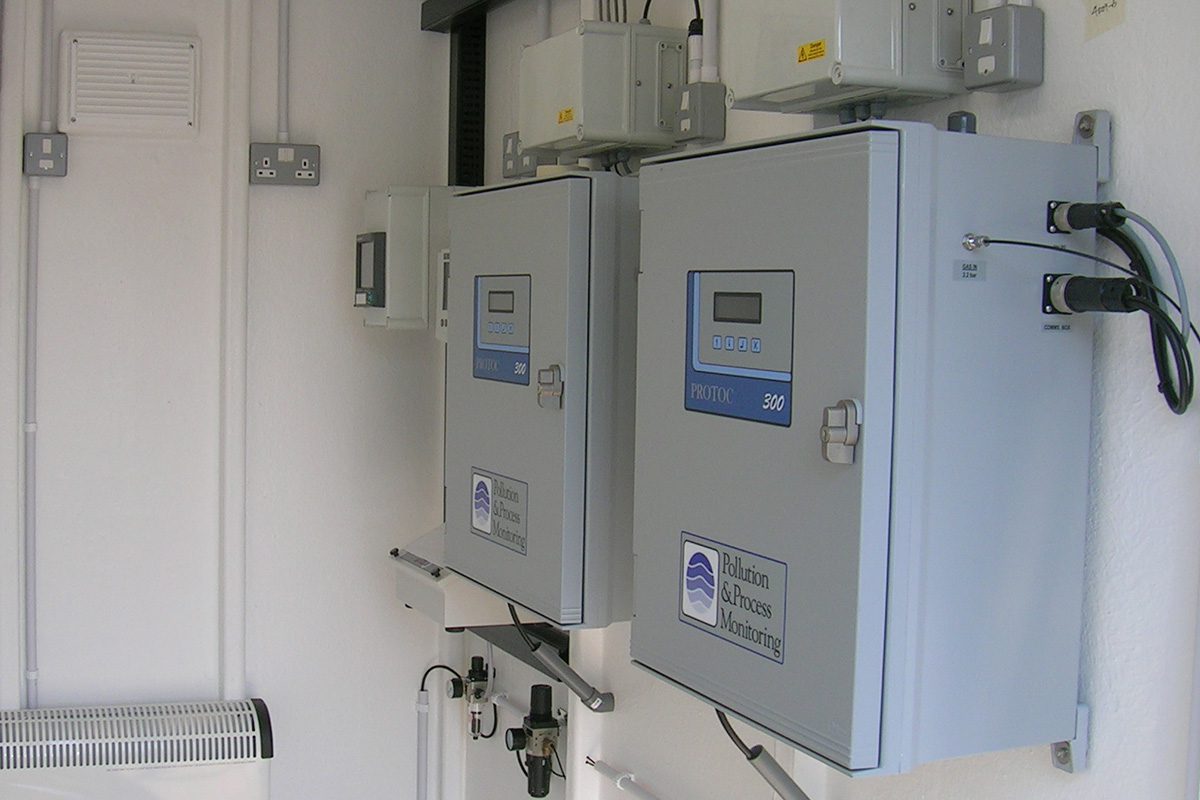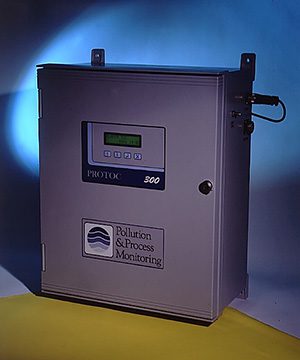
A firm specialising in instrumentation for the water and wastewater sector, Pollution & Process Monitoring (PPM) was approached by a major soft drinks manufacturer to put forward a detailed proposal for continuous real-time monitoring at its effluent treatment plant, which receives waste from the manufacturing and bottling processes on the site. This case study looks at the problem of reliably monitoring the organic loading present in wastewater discharged from the site, in order to implement real-time control system to reduce these levels.
The objective was to achieve better control of the on-site wastewater treatment plant. Plant operators took daily composite samples which they analysed to determine Chemical Oxygen Demand (COD) using a cuvette test kit with a thermal block for digestion. They took discrete measurements including suspended solids and the use of an inline flow meter to determine volumetric flow discharged from the site. The composite sample analysis provided only limited data, a snapshot of the daily load derived from the factory. It was at this point the company approached PPM to discuss continuous on-line measurement, in the hope that it could provide a more comprehensive understanding of the variations in organic load as they occurred, “minute by minute”.
Measurement techniques considered initially included the use of ‘bricks’ monitors (reporting sugar content) and conductivity measurement, but they would not trend organic load satisfactorily – the latter, for example, produced distorted results in the presence of dissolved salts. UV measurement was also considered but dismissed since some organic components (especially dissolved sugars) aren’t reliably reported by the method.
After careful deliberation, the company decided to run a number of on-site trials using on-line Total Organic Carbon (TOC) monitors. Having considered different variants of the technology, PPM conducted on-site evaluations to establish which instrument would be most suitable. The Protoc TOC monitor from PPM was shortlisted and run alongside a high temperature analyser. What was immediately apparent from the Protoc TOC analyser was that the load entering the treatment plant could change very rapidly. On a number of occasions during the trial, the Protoc analyser reported large spikes in concentration but these typically only lasted for a relatively short period of time. The Protoc TOC analyser captured these events thanks to the truly continuous monitoring technique used within the instrument. The high temperature analyser, on the other hand, missed a number of these events because it was making measurements on a semi-continuous basis – at 15-minute intervals.

Following this evaluation, the company purchased two Protoc TOC instruments. The first analyser was installed to measure the discharge from the factory. An output signal from the Protoc instrument is linked to a control system to divert high strength loads from the factory to a holding tank. Segregating the higher strength waste avoids the detrimental effect of over-loading the treatment facility. When the instrument reports lower TOC concentrations, the contents of the holding tank can be slowly bled back into the lower strength factory waste stream, maintaining a more consistent feed for treatment. A second Protoc TOC analyser was installed on the discharge from the treatment facility, to measure the sewer outfall and demonstrate compliance.

The Site Environmental Manager established that around 90% organic removal could be achieved after installation of the Protoc technology which compared extremely favourably with the estimate of 50% prior to installation of the Protoc instruments. Very importantly, not only was there a marked improvement in the quality of the site discharge but there was also a significant commercial gain. The large reduction in organic load and associated COD positively impacted on the costs for the site discharge to the local water system and generated immediate pay-back, helping to cover the cost of installing the wastewater plant and the Protoc TOC analyser.
The Site Environmental Manager said that “Continuous monitoring allows the plant to identify when significant loads leave the factory. The TOC monitors also help us to understand the plant performance and are now essential to our plant control”.
The Protoc analyser installations at this site have demonstrated how a relatively small investment can have a positive environmental impact and ultimately allow a better understanding of upstream processes that can affect site treatment. The technology lets operators manage their treatment processes more effectively and reduce operational costs over an extended period of time. To ensure reliable operation, PPM engineers attended site on a scheduled basis to perform routine maintenance and servicing.







